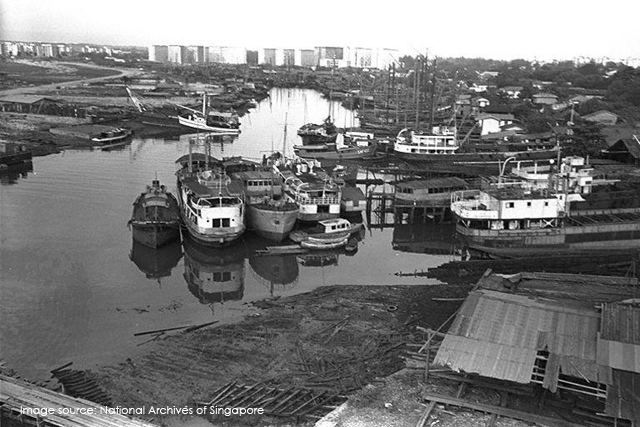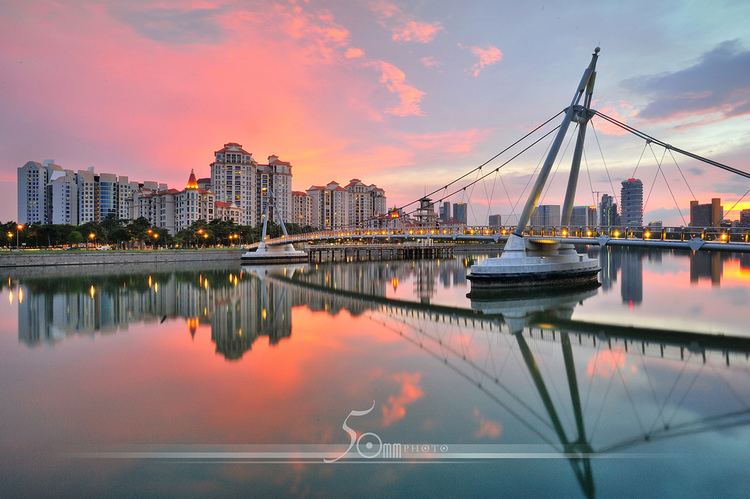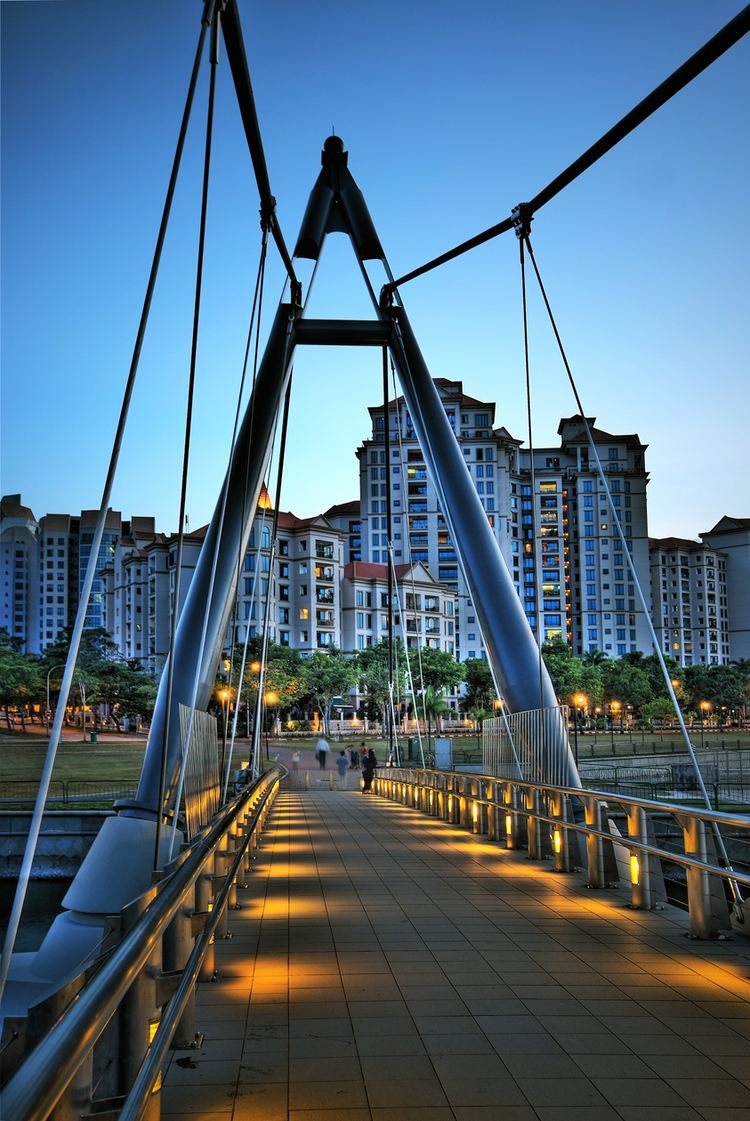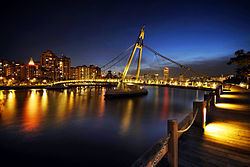Country Singapore Planning Area Kallang | Region Central Region | |
 | ||
Synopsis of tanjong rhu
Tanjong Rhu is an affluent residential neighbourhood in Kallang in the Central Region of Singapore. As defined by the Urban Redevelopment Authority, the Singapore Sports Hub lies within the boundaries of Tanjong Rhu.
Contents

The Central Area of Singapore is located across the Marina Channel, and Marina East is to the south of Tanjong Rhu across the Benjamin Sheares Bridge.
Tanjong Rhu is served by Tanjong Rhu Road, which will be the location for the future Tanjong Rhu MRT Station. The area is connected to other parts of Kallang via Mountbatten Road. The area has experienced significant investment with the most notable example being the world class Singapore Sports Hub which was completed in 2015. The National Stadium which is part of the Sports Hub has a capacity of 55,000 spectators. It is connected to the residential part of Tanjong Rhu via Stadium Way.

Tanjong rhu
Etymology

Tanjong Rhu is an old place name in Singapore that appeared in de Erédia's 1604 Map of Singapore, referred as "Tanjon R".

This area was formerly known as Sandy Point. The Malay name comes from the casuarina trees, referred to in Malay as pokok rhu, where ru is the casuarina littoria, that grew along the beach. It is known as sha tsui in Cantonese, which means "sand spit".
History

Tanjong Rhu has been associated with ship building and repairing from the early days. Captain Flint, a harbour master, started a boat building and repair company here in 1822. A Mr Tivendale had his shipyard here in the 1860s.
As late as the 1980s and the early 1990s, the Tanjong Rhu area was an industrial area with shipyards. The water surrounding Tanjong Rhu was polluted with industrial and domestic waste, creating an extremely unpleasant environment. A massive relocation exercise was then undertaken by the Singapore Government to transform Tanjong Rhu into a high-end residential area. Reclamation of land along the Tanjong Rhu coast began as early as 1992. Private developers then started the new residential developments in Tanjong Rhu. Today, the shipyards have since been relocated elsewhere and condominiums have replaced them.
In September 1993, 12 men were arrested in an entrapment operation in Tanjong Rhu coined the "Fort Road Incident". They were charged with outrage of modesty. Six pleaded guilty. They were sentenced to three strokes of the cane each and imprisonment ranging from two to six months. The names, ages and occupations of all 12 men were published in all major Singaporean newspapers. Those were the last reported cases of such police entrapment. A short 19 minute 2009 film, "The Casuarina Cove" by Boo Junfeng told the story of one of those men.
